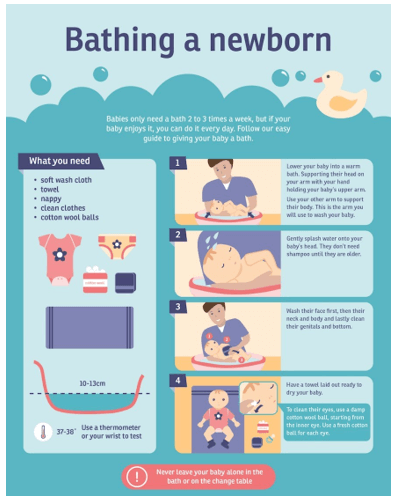A nurse is assisting with staff education about hand hygiene. Which of the following instructions should the nurse include in the teaching?
Wash hands with soap and water for 20 seconds.
Artificial nails can be worn when performing direct client care.
Wear sterile gloves when in contact with body fluids.
Use alcohol-based cleanser when hands are visibly soiled.
The Correct Answer is A
Wash hands with soap and water for 20 seconds: Washing hands with soap and water is the preferred method for hand hygiene in most situations, especially when hands are visibly soiled or contaminated with body fluids. The CDC recommends washing hands for at least 20 seconds, ensuring that all surfaces of the hands, including the back of the hands, between the fingers, and under the nails, are thoroughly cleaned.
Artificial nails should not be worn when performing direct client care: Artificial nails, including nail extensions and overlays, should be avoided when providing direct client care. The wearing of
artificial nails can increase the risk of bacterial colonization and make proper hand hygiene more challenging. Short, natural nails without nail polish are recommended for healthcare workers to ensure effective hand hygiene and reduce the risk of infection transmission.
Wear sterile gloves when in contact with body fluids: Sterile gloves are indicated when there is a need for an aseptic technique or when in contact with sterile body sites or invasive procedures.
However, for routine patient care and non-sterile procedures, non-sterile disposable gloves are typically sufficient. The use of gloves does not replace the need for proper hand hygiene before and after glove use.
Use alcohol-based cleanser when hands are visibly soiled: Alcohol-based hand sanitizers are effective in killing many types of germs when used correctly. However, they are not as effective when hands are visibly soiled or contaminated with body fluids. In such cases, washing hands with soap and water is recommended to ensure proper cleansing and removal of visible dirt or contaminants.
Nursing Test Bank
Naxlex Comprehensive Predictor Exams
Related Questions
Correct Answer is C
Explanation
Explanation:
Sponge baths are recommended until the umbilical cord stump falls off, which typically occurs within the first two weeks of life. After that, the baby can be immersed in water for a regular bath.
Using talcum powder is not recommended as it can be harmful to the baby's respiratory system if inhaled. Mild, pH-balanced soap should be used instead of alkaline soap to avoid irritating the baby's delicate skin.
The bathwater temperature should be around 98 degrees Fahrenheit and not hoter than 100 degrees Fahrenheit to prevent burns.

Correct Answer is C
Explanation
A malfunctioning IV pump screen poses a risk to the accurate administration of IV fluids and medications, and it can compromise patient safety. It is important to discontinue use of the malfunctioning pump to prevent potential errors or complications. The nurse should tag the IV pump to notify others that it is not functioning properly and should not be used until it is repaired or replaced.
Whether you are a student looking to ace your exams or a practicing nurse seeking to enhance your expertise , our nursing education contents will empower you with the confidence and competence to make a difference in the lives of patients and become a respected leader in the healthcare field.
Visit Naxlex, invest in your future and unlock endless possibilities with our unparalleled nursing education contents today
Report Wrong Answer on the Current Question
Do you disagree with the answer? If yes, what is your expected answer? Explain.
Kindly be descriptive with the issue you are facing.
